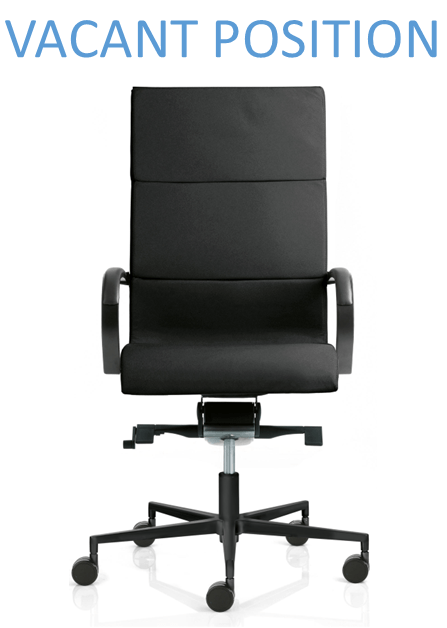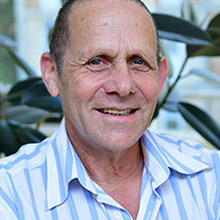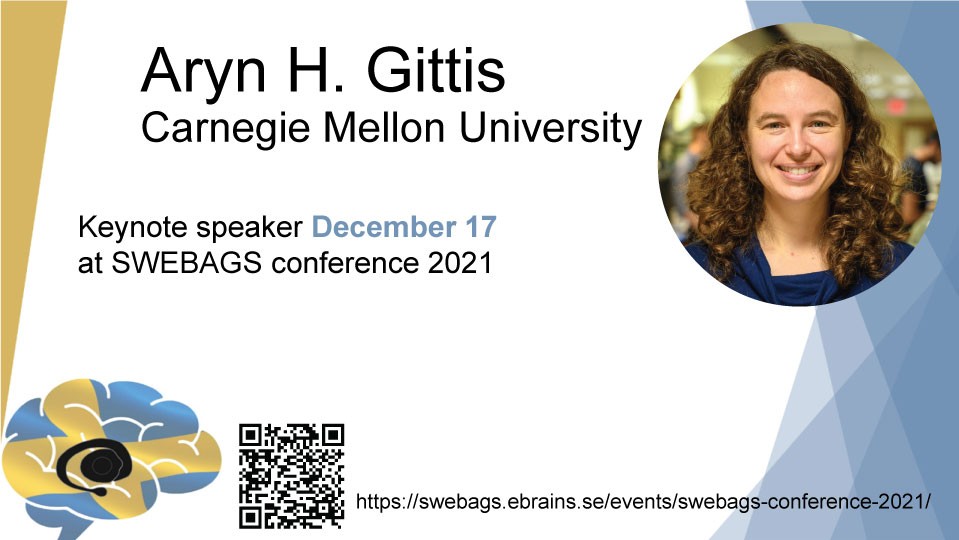EBRAINS the research infrastructure that HBP have developed over the years, has now been included into the ESFRI Roadmap 2021. This marks an important milestone for EBRAINS and a recognition of its sustainable scientific value and high quality and it will also give EBRAINS a new boost and help to position it as the go-to platform for scientists involved in brain research.
ESFRI, the European Strategy Forum on Research Infrastructures, pursues a fundamental mission: to develop the scientific integration of Europe, to strengthen its international outreach, and to provide Europe with the most up-to-date Research Infrastructures, responding to the rapidly evolving science frontiers, also advancing the knowledge-based technologies and their extended use. One of the core objectives of ESFRI is to ensure that excellent scientists have access to Europe’s best research infrastructures irrespective of borders.
Research infrastructures included into the ESFRI Roadmap go through a thorough evaluation and selection procedure, taking both scientific excellence and implementation rigor into account. Being part of the ESFRI roadmap means that EBRAINS belongs to the list of the best European Research Infrastructures.












